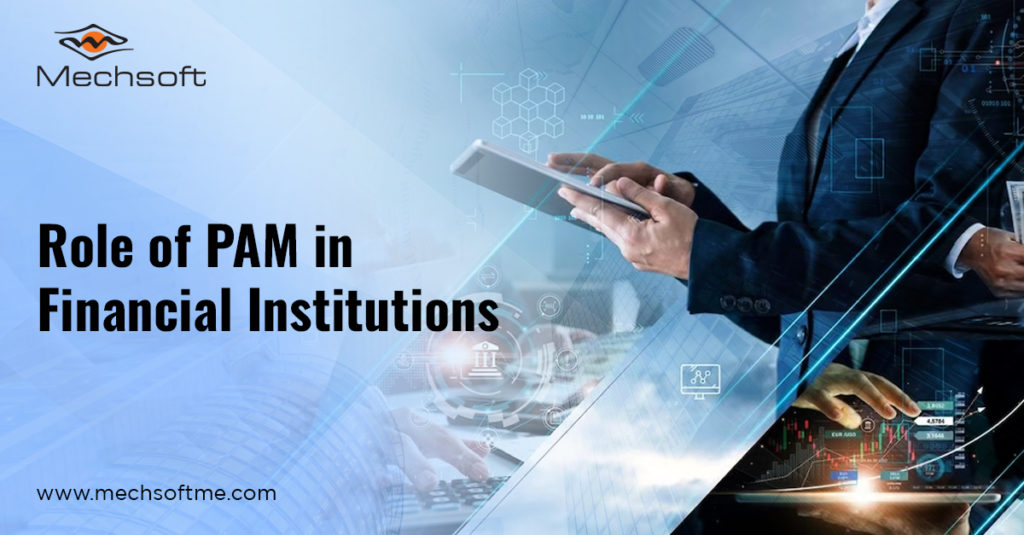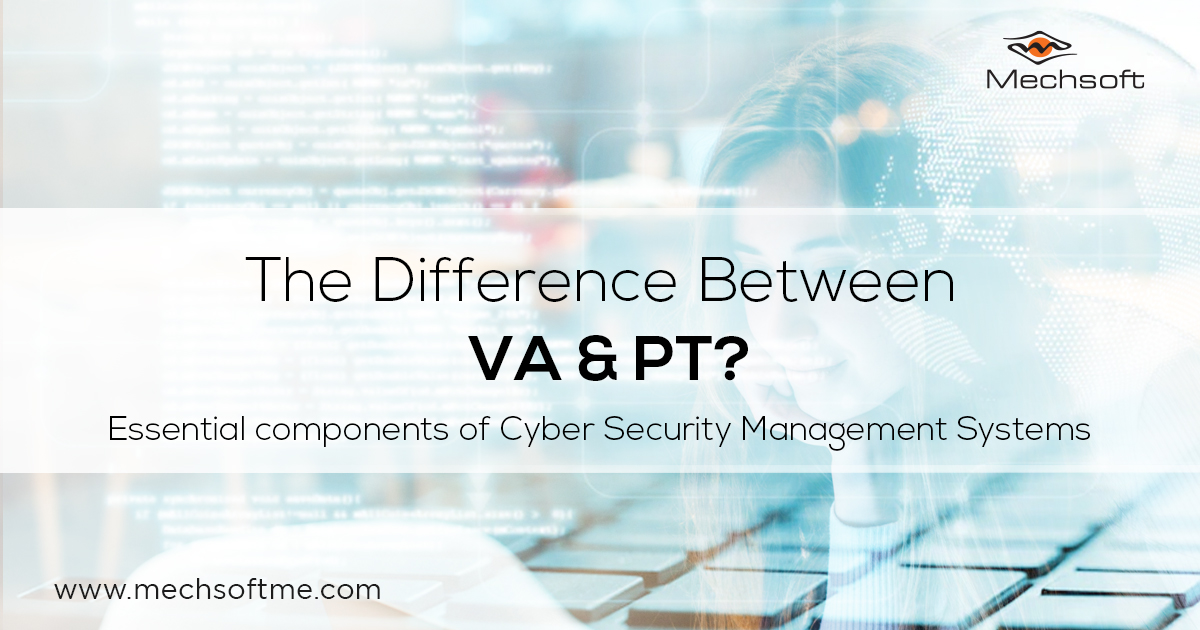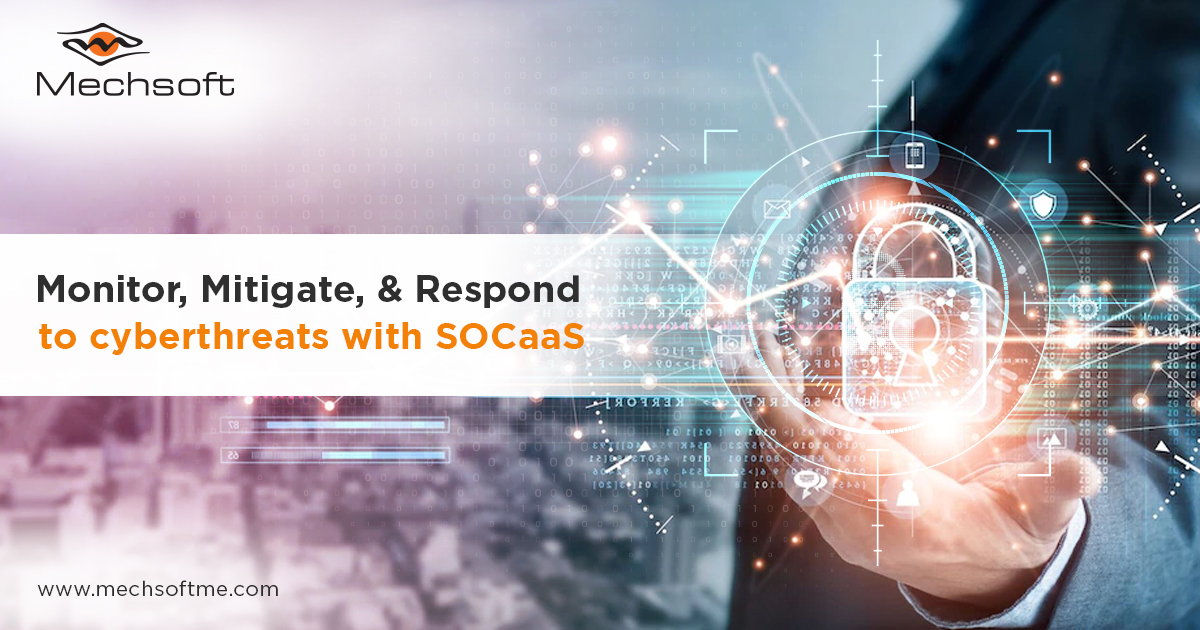Table of Contents
What is PAM in Financial Institutions?
Cybersecurity is definitely among the top five concerns of financial institutions in the digital age. Fincorps are facing evolving cybersecurity threats, from both internal and external elements.
One of the key verticals of cybersecurity for financial institutions is Privileged Access Management (PAM). To safeguard sensitive data, computing networks, and valuable assets from breaches, financial institutions need sophisticated PAM solutions in place.
In this article, we will discuss why PAM is important for financial institutions, especially in financial hubs like the UAE. But before delving into it, let’s take a quick look at what PAM actually does.
Understanding PAM Solution
Privileged Access Management (PAM) is an essential cybersecurity component that focuses on managing privileged access to critical systems, applications, and data within financial institutions.
Privileged access refers to elevated permissions granted to users who require access to sensitive information or possess administrative control over critical systems. Privileged users include IT administrators, network engineers, and database administrators who hold the keys to the entire IT ecosystem.
The primary objective of a PAM solution is to minimize the risk associated with privileged access. It achieves this by implementing strict controls, monitoring user activities, and ensuring accountability within financial institutions.
Implementing PAM solutions lets financial institutions restrict unauthorized access, especially during threat incidents. Restricting access during cyberattacks helps reduce the impact surface and prevent financial losses.
The Role of Privileged Users in Financial Institutions
Privileged users play a critical role in financial institutions as they possess extensive access and control over the computing network.
While their privileges may be essential for daily operations, they pose a significant security risk if not managed and monitored effectively. Privileged users can inadvertently or intentionally misuse their access, creating vulnerabilities for data breaches, financial frauds, or other malicious activities.
Three Key Features of PAM Solution
1. Access Control
A PAM solution enables financial institutions to establish access control policies across the scalar chain. Administrators can define who can access specific systems, applications, or data, and under what conditions using PAM tools.
Thus, only authorized individuals gain access to privileged accounts, minimizing the risk of misuse or unauthorized access, using the ‘principle of least privilege’.
2. Password Management
PAM solutions help enforce strong password policies, facilitate automated password rotation, and enable the storage of passwords in a secure vault. Such measures reduce the likelihood of password-related vulnerabilities and prevent attackers from leveraging weak credentials.
Likewise, the need for changing passwords regularly reduces the risk of planned internal attacks by fringe users.
3. Session Monitoring and Recording
Privileged Access Management enables real-time monitoring and recording of privileged user sessions. This feature enables financial institutions to track user activities, detect suspicious behavior, and generate audit trails for compliance purposes.
In the event of security incidents, session recordings can serve as vital forensic evidence, thereby helping detect culprits and vulnerabilities within the system.
PAM Solution in the UAE Financial Sector
The UAE has witnessed stupendous growth in the financial sector and digital transformation in the last two decades. The nation has, in fact, become the cradle of civilization in the 21st century. With the growth of online banking, mobile payments, and digital transactions, ensuring the security of financial systems and customer data is of utmost importance.
Recognizing the need for the protection of IT ecosystems against sophisticated cyber threats, financial institutions in the UAE are increasingly adopting PAM solutions.
Benefits of PAM Solution in the UAE Financial Sector
1. Enhanced Security
PAM solutions offer comprehensive security measures to safeguard privileged access, thereby mitigating the risk of cybersecurity incidents.
By controlling and monitoring privileged user activities, financial institutions can minimize data breaches and cyberattacks arising out of unauthorized access. Along with improving the overall security posture, it also helps build trust among customers.
2. Regulatory Compliance
The UAE financial sector is subject to stringent regulatory frameworks, which include strict norms for customer data and financial security.
PAM solutions provide the necessary features to meet compliance requirements and regulatory standards, ensuring that financial institutions operate within legal boundaries.
3. Operational Efficiency
PAM solutions automate access management processes, easing the administrative burden of manual access controls. Automation of password management, access provisioning, and access revocation, enables financial institutions to operate more efficiently and effectively.
Mechsoft Technologies - The Perfect PAM Partner in the UAE
In conclusion, Privileged Access Management (PAM) plays a crucial role in securing financial institutions in the UAE. With its robust features and capabilities, a PAM solution offers enhanced security, regulatory compliance, and operational efficiency. Thus, financial organizations need an expert partner like Mechsoft Solutions for comprehensive Privileged Access Management solutions.
Mechsoft is one of the most renowned names in the cyber security service provider in the UAE, offering the best-in-class solutions to financial and non-financial sectors.
We provide end-to-end PAM solutions for financial organizations, including regulatory compliance and granular access management. Get in touch with our experts today to ace Privileged Access Management for your organization.



